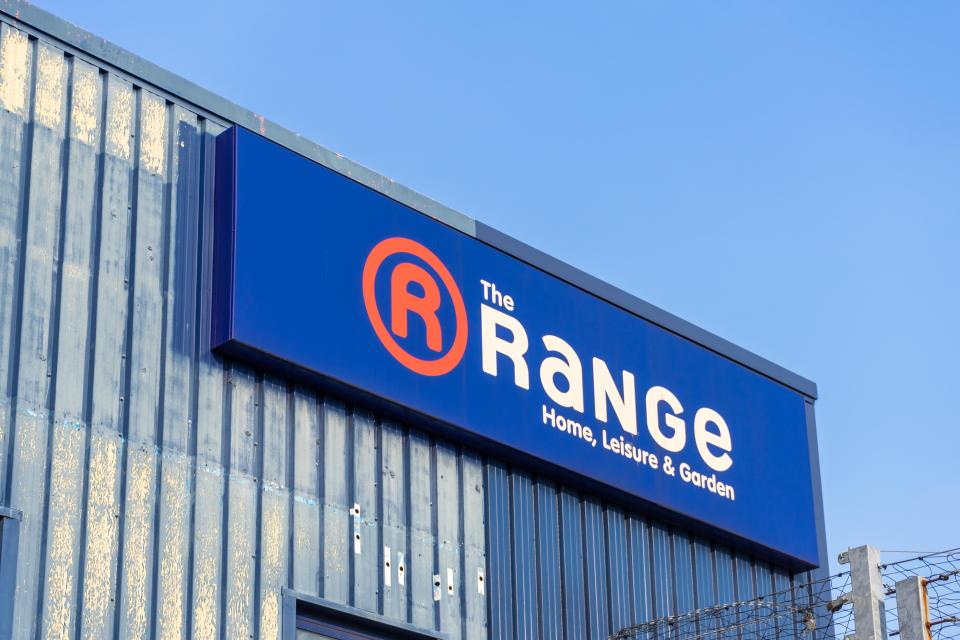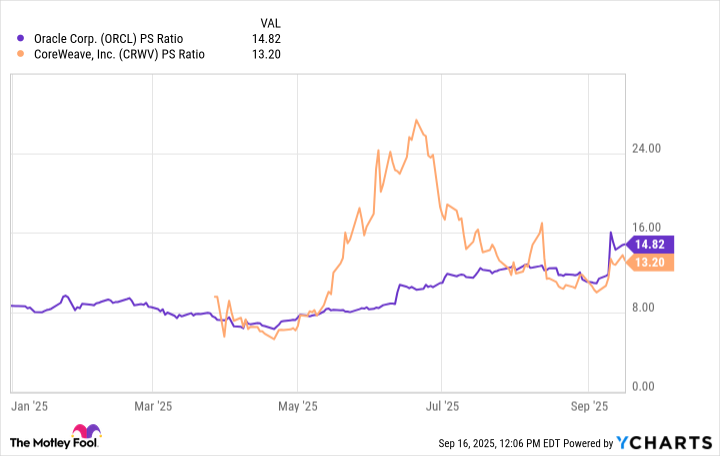Is Costco a Buy, Sell, or Hold in 2025?
Costco Wholesale (COST -0.78%) is not only one of America’s favorite retailers. It’s also been a top retail stock to own over its history.
Over the last decade, it’s up 570%, easily outpacing the S&P 500‘s increase of 240%, and most investors would argue that Costco is lower-risk than the broad-based index. After all, the retailer is a classic defensive stock. As a consumer staples company, it sells primarily products that people need, like groceries, paper products, and health and beauty products. It’s also known for its buy-in-bulk bargain prices, which attract consumers in both good times and bad.
Costco has actually underperformed the market this year as it’s up just 4% through Sept. 19, pulling back from its recent peak. Is this a buying opportunity for the retail giant? Let’s take a look at the arguments to buy, sell, or hold Costco.
Image source: Getty Images.
Buy Costco
Costco is one of the most, if not the most, reliable retailers in the industry. It’s the leader in the membership-based warehouse retail sector, well ahead of competitors like BJ Wholesale and Walmart‘s Sam’s Club.
Costco regularly ranks among the top in customer satisfaction among retailers, and it has a strong renewal rate, at 93% in fiscal 2024 in North America and 90.5% globally.
Costco’s business model has also proven to be rock-solid in any market, and its low prices keep customers coming back. The company makes most of its net income through membership fees, essentially selling goods at near-cost to incentivize buying memberships.
That’s created a wide economic moat as it has grown its membership base by about 10% annually in recent years. Costco is also continuing to open new stores, expanding its footprint in the U.S. and internationally. Given the demand for new stores, as well as its growth in e-commerce, Costco’s growth runway appears to be longer than it is for most large retailers.
And given the stability of its business, Costco is a great bet to deliver steady growth, which is why it trades at a premium.
Additionally, Costco also has a track record of paying special dividends every three years or so, rewarding shareholders.
Sell Costco
Costco’s results speak for themselves. The company has a long track record of delivering steady same-store sales growth and expanding profits.
However, Costco’s growth seems to be generously priced into the stock at this point as it trades at a price-to-earnings ratio of 54, which is more expensive than about any other brick-and-mortar retailer.
Costco trades at a premium in part because the business is so reliable, but the stock’s growth has been driven over the years by multiple expansion, rather than just earnings growth. A stock can’t grow like that forever, and that might explain why Costco has underperformed the S&P 500 this year.
A good business alone isn’t enough of a reason to buy a stock. It has to trade at a good value as well.
Hold Costco
Costco is a classic buy-and-hold stock. While it could go through ups and downs according to market trends and company-specific events, it has a business model that should continue to endure despite pressure from e-commerce or potential economic turmoil.
Given the balance between the success of the business and the high valuation, holding the stock makes sense.
What’s the verdict?
Under normal circumstances, there’s a good argument for Costco being a long-term buy, but the stock is expensive enough, at double the price-to-earnings ratio of the S&P 500, that there’s better value to find elsewhere.
Holding Costco looks like the best option now. While it could underperform the market in the short or even medium term, it still looks like a winner over the long term.
Jeremy Bowman has no position in any of the stocks mentioned. The Motley Fool has positions in and recommends Costco Wholesale and Walmart. The Motley Fool has a disclosure policy.






























